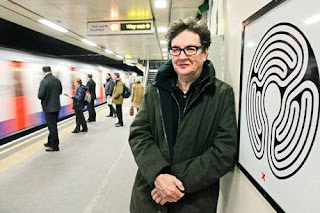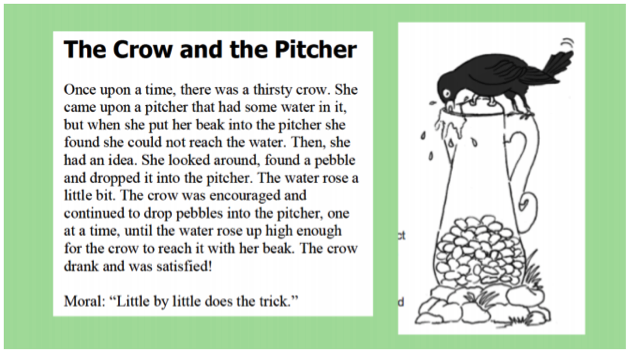Real Life Laybrinths
Embarrassingly I have just got around to writing and sending off an envelope to my old vice principal who I worked with. In this envelope contains an article from the London Metro newspaper. I had seen this article early in my London adventure and ripped it out with good intentions to send it to her - then life got in the road. I had kept it for months and finally today I popped it in an envelope and is on its way to the shores of Australia.
The article is about Labyrinths. This year, the London Underground celebrated its 150th birthday. One of the things to celebrate this is they got one of Brittan's leading artists, Mark Wallinger (2007 Turner Prize winner) to create a uniquely designed labyrinth for 270 stations.
The article, An art legacy for London's Underground can be found here. A short video and article by the Guardian newspaper can be found online also.
The reason I send this to my colleague as she was heavily involved in faith and wellbeing at my previous school. Towards the end of last year I went to a Profession Development where I was first introduced to them along with the history, symbolism and use.
I found it a fascinating mesh of history, faith and art in one creation. I am curious to see how I might be able to incorporate these works of art into a lesson.
The article is about Labyrinths. This year, the London Underground celebrated its 150th birthday. One of the things to celebrate this is they got one of Brittan's leading artists, Mark Wallinger (2007 Turner Prize winner) to create a uniquely designed labyrinth for 270 stations.
 |
| Wallinger with one of his Underground creations (Picture: The Standard) |
The article, An art legacy for London's Underground can be found here. A short video and article by the Guardian newspaper can be found online also.
The reason I send this to my colleague as she was heavily involved in faith and wellbeing at my previous school. Towards the end of last year I went to a Profession Development where I was first introduced to them along with the history, symbolism and use.
I found it a fascinating mesh of history, faith and art in one creation. I am curious to see how I might be able to incorporate these works of art into a lesson.


Comments
Post a Comment